New Hampshire offers excellent birding opportunities across its diverse habitats and throughout the year. From the White Mountain National Forest to the Atlantic coastline, this state provides prime spots to observe both resident and migratory birds. The best times and locations to go birding in New Hampshire depend on what species you hope to see.
Spring Migration Hotspots
During spring migration from April through May, many birds travel through New Hampshire along the Atlantic Flyway as they journey from southern wintering grounds to northern breeding habitats. Great marshlands and shorelines offer plentiful food and refuge during this demanding transit.
Great Bay
Located where the tidal waters meet freshwater wetlands, the Great Bay estuary provides critical staging habitat for migrating shorebirds and waterfowl. Over 20,000 birds stop to rest and feed here during spring migration. Prime viewing spots include Sandy Point Discovery Center and Chapman’s Landing. Early mornings and evenings around high tide tend to be most active.
Some highlight species include:
- Dunlin
- Ruddy turnstone
- Red knot
- Semipalmated plover
- Greater yellowlegs
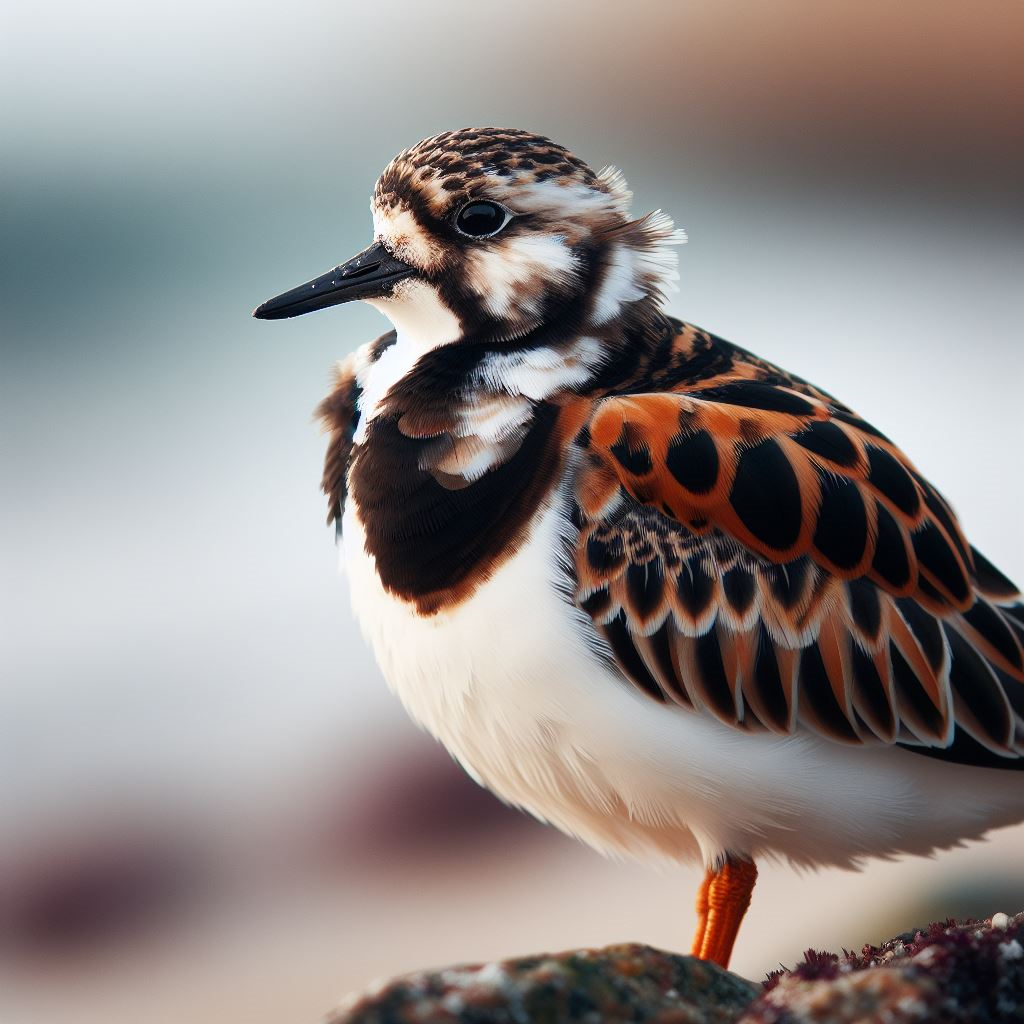
Umbagog National Wildlife Refuge
Encompassing over 26,000 acres centered around Lake Umbagog, this refuge features wetlands, forests, and shrublands. During May, the wetlands come alive with the sights and sounds of migrating birds that have traveled as far as South America.
Some species to spot here in spring include:
- American bittern
- Alder flycatcher
- Palm warbler
- Common yellowthroat
- Swamp sparrow
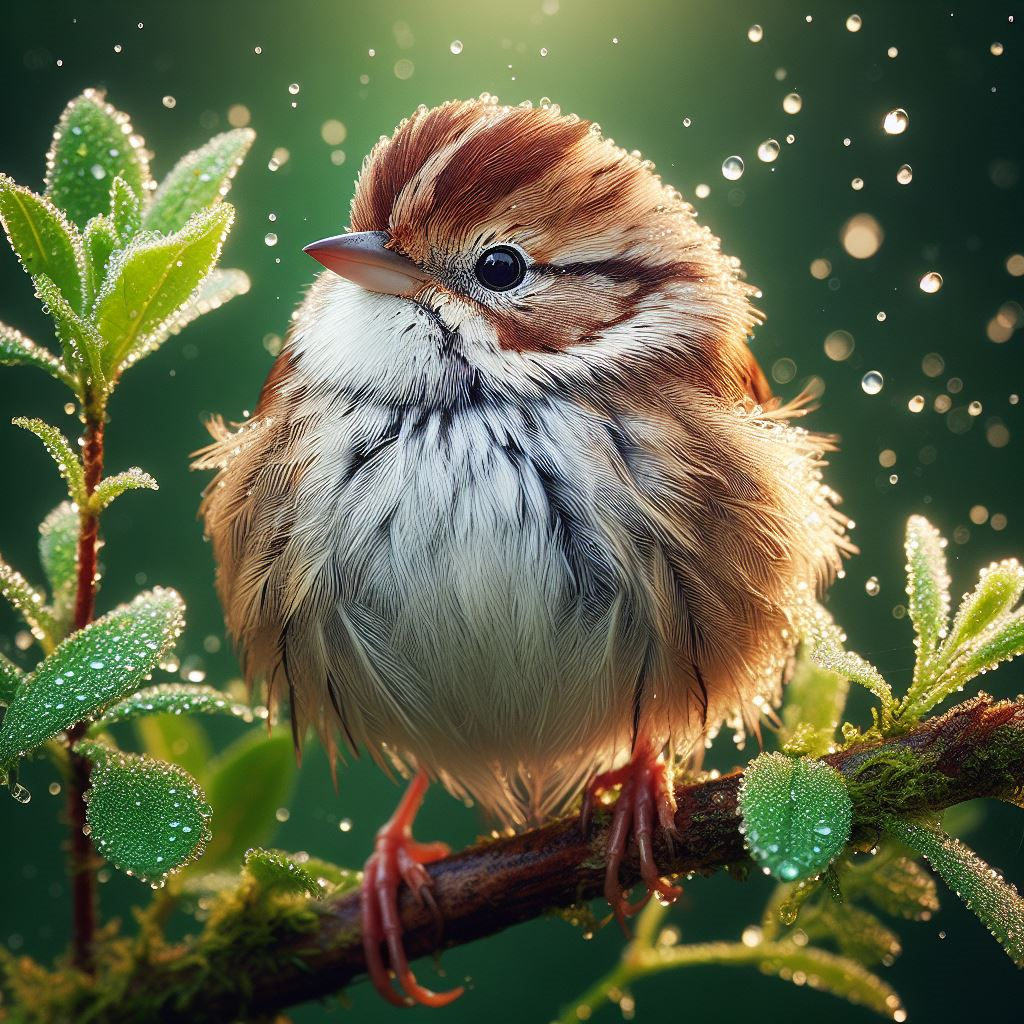
Marshlands
Coastal and inland marshes likewise provide critical stopover habitat during spring migration. Prime marsh birding hotspots include the salt marshes of Hampton Harbor and Seabrook, as well as Joe English Pond in New Boston. Shorebirds, waders, waterfowl, and songbirds all flock to these productive ecosystems.
Nesting Species in Forest Habitats
As spring transitions into summer, birds settle into nesting territories. New Hampshire’s extensive forests offer breeding grounds for a variety of species. Searching out certain habitats and listening for distinct songs helps locate some of these more elusive birds.
Boreal Forest Specialists
In the higher elevation spruce-fir forests of the White Mountains, several bird species reach the southern edge of their breeding range. Visiting these northern environments in June and July provides a chance to find species that are rare farther south.
Some boreal forest nesters to discover:
- Gray jay
- Blackpoll warbler
- Yellow-bellied flycatcher
- Boreal chickadee
- Spruce grouse
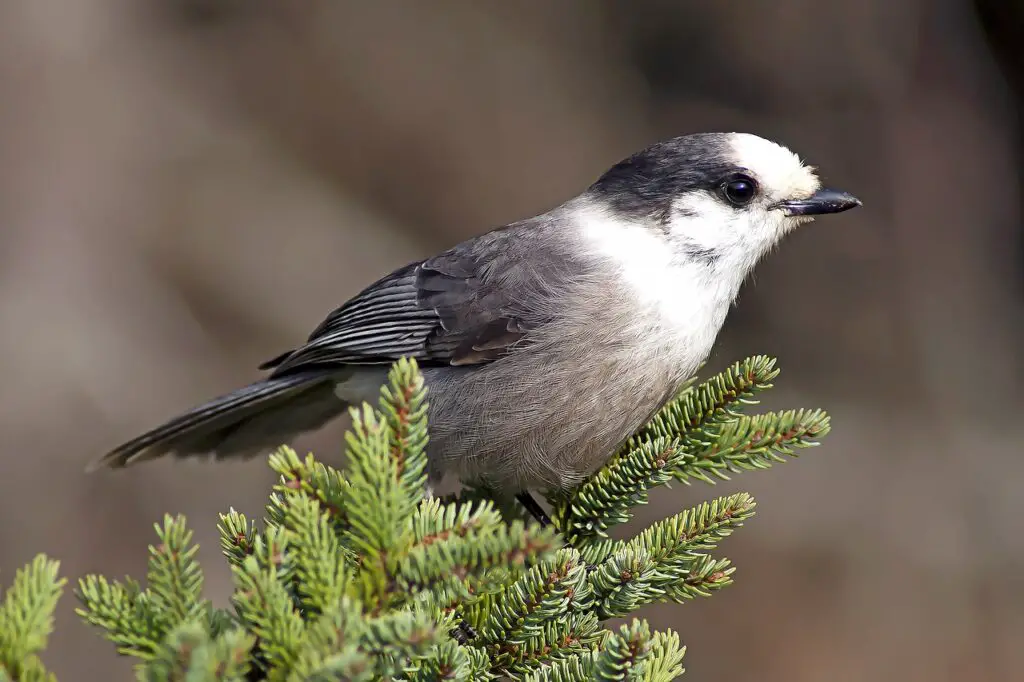
Prime boreal birding areas include hiking trails on Mt. Washington and Mount Lafayette.
Interior Forest Nighthawks
Farther south in New Hampshire’s interior Piedmont forests, several cryptic nighthawk species nest. Searching for these ground-nesters requires very early mornings along logging roads and forest openings from May through July.
Feature species include:
- Whip-poor-will
- Common nighthawk
- Eastern screech-owl
- Barred owl
- Northern saw-whet owl
Some top sites include wildlife management areas near Concord, Manchester, and Nashua.
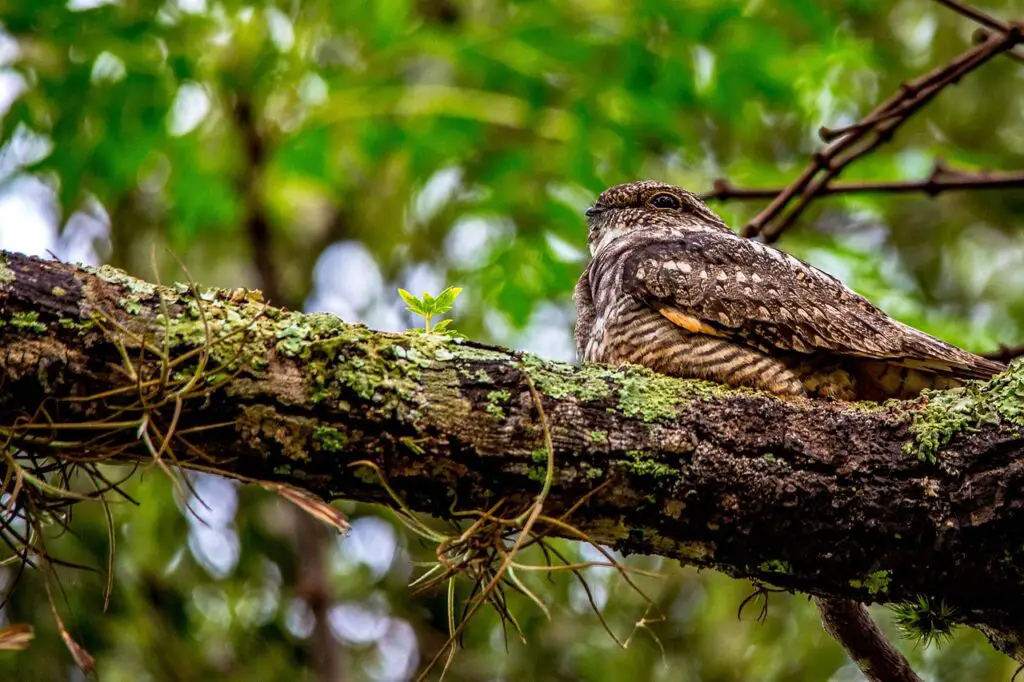
Fall Migration Fly-Throughs
As summer wanes, many northern nesters depart early on southbound migrations by late July and August. However, the peak of fall migration occurs during September and early October as wintering birds move through New Hampshire on their way to southern habitats.
Coastal landscapes and mountain ridges become bird highways during this time, concentrated with migrants that provide excellent viewing opportunities.
Coastal Flight Paths
Migrating raptors and passerines funnel along the Atlantic coastline during September and October, pausing briefly to rest and feed. The associated habitats also draw resident saltmarsh species and summer breeders before they move south.
Excellent spots to observe fall migrations along the coast include:
- Rye Harbor State Park
- Odiorne Point State Park
- Hampton Beach State Park
- Seabrook Harbor
Feature sightings may include:
- Peregrine falcon
- Bald eagle
- Sharp-shinned hawk
- Snowy owl
- Snow bunting
- Nelson’s sparrow
- Red-throated loon
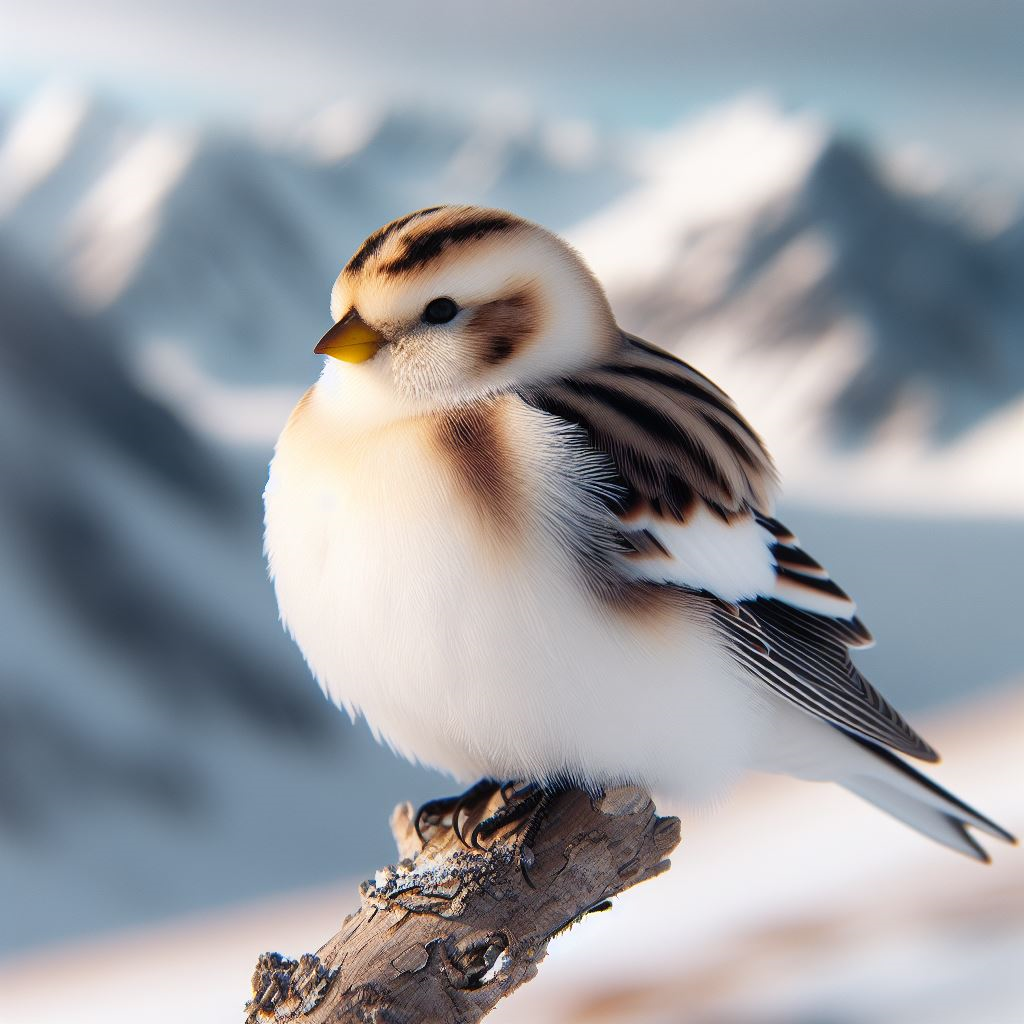
Mountain Ridge Raptors
Thermals rising from mountain slopes create updrafts that raptors ride to help their long-distance migration journey. Hawks, eagles, falcons, and other birds of prey concentrate along certain ridges during September through November for this useful lift.
Premiere overlooks to watch this dramatic migration event include:
- Pack Monadnock
- Little Round Top
- Mad River Notch
- Milan Hill State Park
Some highlight raptor species:
- Broad-winged hawk
- Osprey
- Northern harrier
- American kestrel
- Sharp-shinned hawk
- Cooper’s hawk
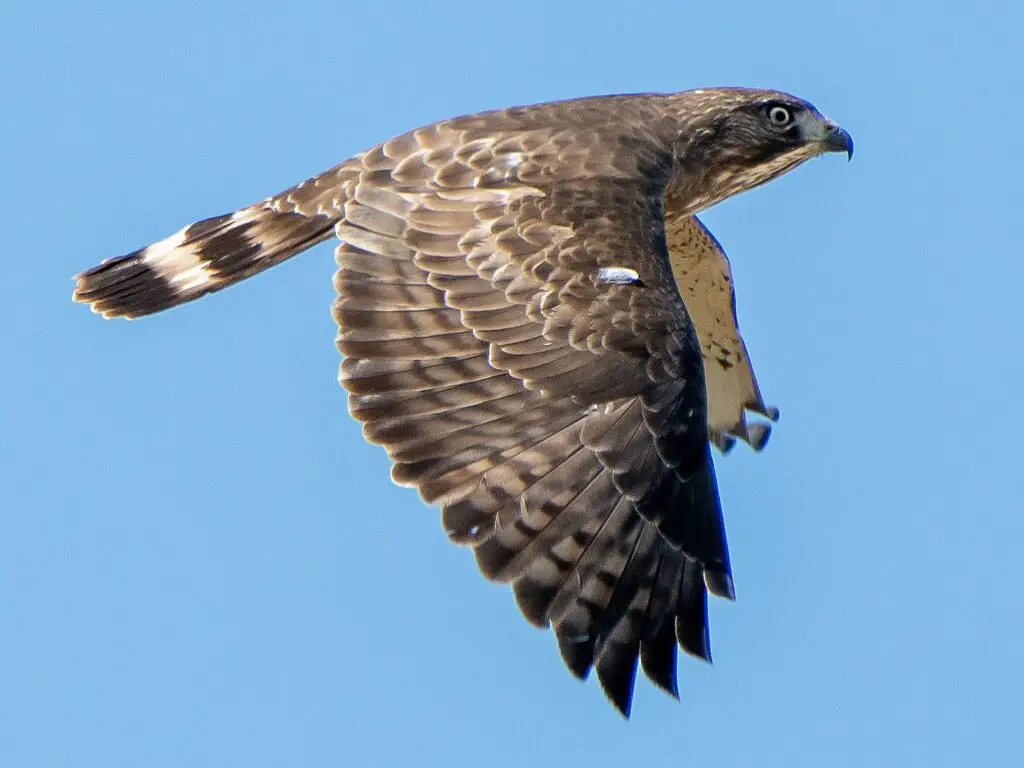
Wintering Birds of Prey
While most bird activity decreases in the cold winter months, some iconic raptor species remain active through winter in New Hampshire while seeking crucial feeding habitat. Their prey also concentrates in certain areas more visible to spot both predator and quarry.
Open Country Owls
Hardworking owl species that tough out the New Hampshire winters nest in open country habitats like fields, marshes, and meadows. Their diurnal schedules and conspicuous behaviors make them easier to observe on quiet winter days. Late afternoons before dusk provide prime viewing opportunities.
Feature open country owls include:
- Short-eared owl
- Northern harrier
- Snowy owl
- Rough-legged hawk
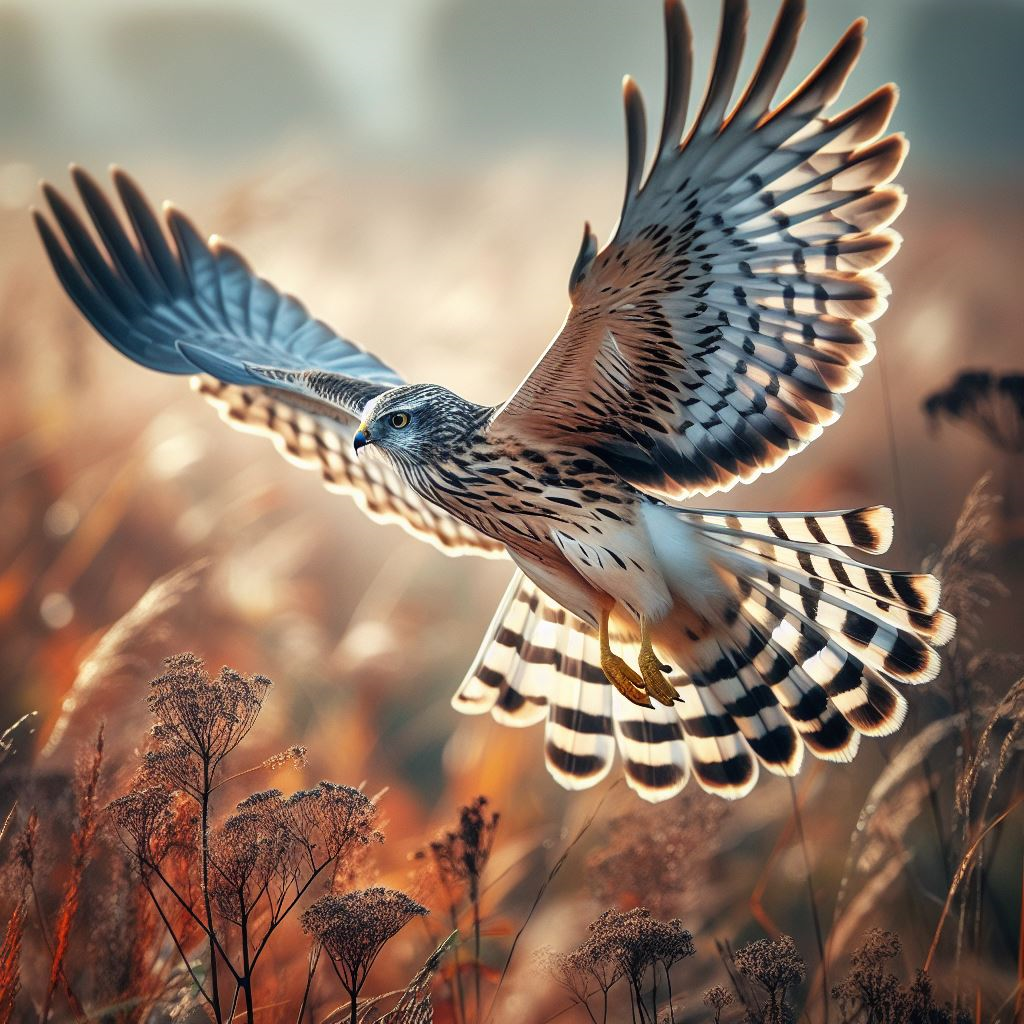
Some locations to spot these owls in winter include Hampton Harbor, Great Bay and the Isinglass River floodplains.
Feeder Falcons
Merlin and peregrine falcons time their migration to coincide with southbound flocks of smaller birds, preying on these bountiful passerines during winter months. Seeking out active bird feeders where their prey concentrates makes winter feeding easier for these formidable hunters.
Excellent locations to potentially spot these feeder falcons include:
- Daniel Webster Audubon Center
- Squam Lakes Natural Science Center’s trailside bird feeders
- Forest edge feeding stations at Hubbard Brook Experimental Forest
Prime Times to Go Birding in New Hampshire
While avian activity occurs year-round across New Hampshire, certain seasons and events provide exceptional birding opportunities.
Spring Migration
Mid-April through May sees the highest diversity and volume of birds moving through the region along the Atlantic flyway. Peak migration occurs during May when daily counts can reach into the thousands along the coast.
Summer Nesting
Resident birds settle into breeding habitats by June when vocalizations facilitate finding more elusive species. Boreal habitat hosts northern nesters through July while shrubland species raise young through August.
Fall Migration
September and early October mark peak fall migration periods as wintering and transitory birds converge along coastlines and mountaintops heading south. Raptors ride ridgelines throughout November.
Winter Raptors
While many birds head south by December, raptors like merlins, falcons, hawks, owls, and eagles remain active through winter while hunting rodents and birds attracted to feeders.
Top Year-Round Birding Locations
While the hotspots shift across seasons, several locations offer reliable birding habitat throughout the year.
White Mountain National Forest
Boreal species, nesting warblers, migrating hawks, and resident raptors frequent this vast mountain landscape encompassing nearly 800,000 acres.
Great Bay National Wildlife Refuge
One of New Hampshire’s most important bird areas with over 300 documented species. Saltmarsh, forest, and freshwater wetlands host shorebirds, waders, ducks, herons, swallows, sparrows, warblers, and more.
Lake Umbagog National Wildlife Refuge
Encompassing wetland, lakeside, and northern forest habitats, over 200 bird species rely on this landscape for migration or breeding quarters.
Hampton Harbor
Its strategic coastal location, saltmarsh ecosystem, and abundant food sources draws impressive daily counts of raptors, waterfowl, wading birds, shorebirds and songbirds during migration seasons.
FAQs about Birding in New Hampshire
What types of birds are found in New Hampshire?
The wide variety of habitats in New Hampshire host over 425 species either as residents, seasonal nesters, or migrants. This includes raptors, shorebirds, waders, waterfowl, woodpeckers, corvids, swallows, chickadees, nuthatches, thrushes, warblers, sparrows, blackbirds, and finches.
When is the best time to go birding in New Hampshire?
April through early June hosts the greatest density and diversity of birds. However excellent viewing opportunities occur year-round if you know where and when to look.
Spring migration spans April to May when songbirds, shorebirds, waterfowl, and raptors pass through on their northward journeys. Summer is nesting season from May to August as woodlands come alive with resident breeders and northern nesters. Fall migration also brings crowds of migrating birds during September and October. While winter may seem quieter, owl, hawk, falcon, and eagle activity persists in open country habitats as they hunt rodent and bird prey attracted to feeders.
Where are the best places to see birds in New Hampshire?
Excellent birding locations include a variety of habitats along the Atlantic coastline, bordering the Connecticut River valley, surrounding the northern lakes region, and within the peaks of the White Mountains.
Key birding hotspots encompass Hampton Harbor, Rye Harbor and Seabrook for coastal migrations, the Great Bay and Umbagog National Wildlife Refuges for wetlands species, Franconia Notch and the Kancamagus Highway for montane birds, and Boundary Pond and the Pondicherry National Wildlife Refuge for boreal forest specialties.
What birds can you see in New Hampshire that you can’t easily see in other areas of the United States?
Northern New Hampshire hosts breeding populations of several bird species that reach the southern edge of their range here. Boreal forest specialties like the gray jay, boreal chickadee, spruce grouse and blackpoll warbler live year-round mainly in Canada and can be hard to find farther south. Seeing these range-restricted boreal birds requires a visit to their remote habitat in the higher peaks of the White Mountains.
Does this help complete the article on birding in New Hampshire? Let me know if you need any clarification or have additional questions!

My name is Shane Warren, the author behind Your Bird Buddy – your ultimate guide to the wonderful world of birds! Unleash your inner avian explorer as we delve into a vibrant library of knowledge dedicated to all things feathered. From learning about diverse bird species from across the globe to understanding their captivating habitats and behaviors, I’m here to fuel your passion for these magnificent creatures. Not only that, but I also provide valuable insights on being a responsible and informed pet bird owner. Join our vibrant community and let’s celebrate the feathered wonders of the world together – one chirp at a time. And be sure to join our Your Bird Buddy Community over on Facebook!

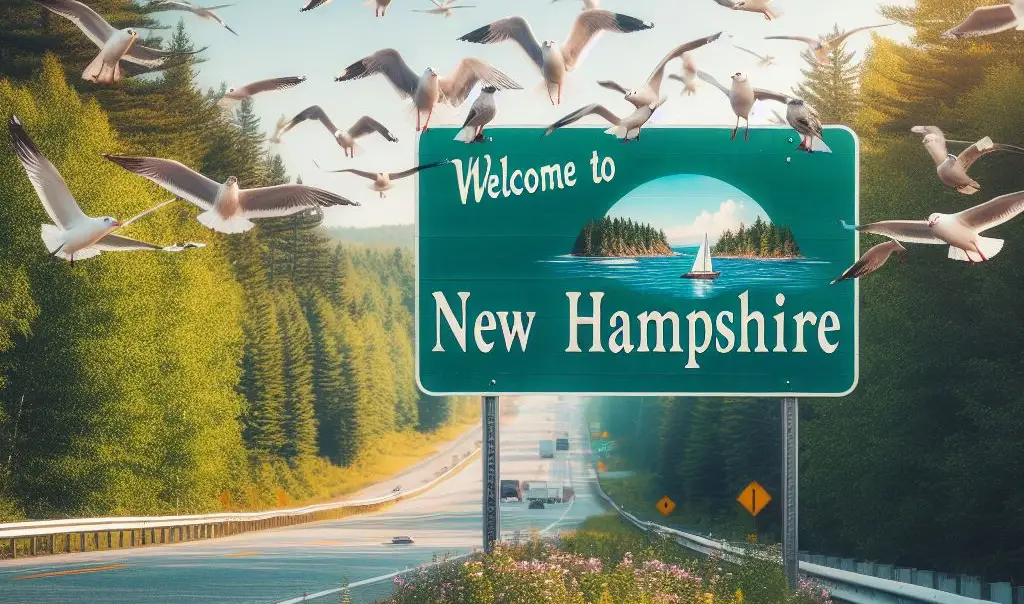
Comments are closed